WEST COAST REGION, THE GAMBIA
Foni Brefet is one of the nine districts of the Gambia, which is located to the south of the Gambia River in the southwest of the country. Foni Brefet is in the center of the region, between Kombo East and Foni Bintang-Karenai. This district is dominated by the Jola tribe and some Fula as well as Mandinka tribes. The vast majority of people in the district are subsistence farmers, growing groundnut, maize, and millet. It still keeps traditional tribal culture and it also serves as a source of typical Jola tribe history and traditional way of life. However, the district is prone to illegal deforestation, especially in rosewood among others. The area is also prone to wildfires and as a result, this has led to a scarcity of fresh drinking water. According to Global Forest Watch reports, in 2010, the district had 243ha of tree cover, extending over 1.7% of its land area. In 2021, it lost 225mha of tree cover, equivalent to 76.5t of CO2 emissions. In Foni Brefet District, the peak fire season typically begins in mid-February and lasts around 12 weeks. All these factors have made life harder for the indigenous tribes that live within the district especially when it comes to clean drinking water. The district also borders the Senegalese region of Cassamance which has been the center of separatist rebel conflict for four decades. As a result, it hosts hundreds of refugees which added more stress to the already alarming clean water crisis the district faces.
This rehabilitation tour will give access to clean drinking water for 9,559 people directly. This will have a great impact on their health and social habitation in general. It will tremendously benefit women and girls as they bear the brunt of water collection within the household. The work will also help all the people who visit or pass through the region, and the hundreds of Senegalese refugees that are currently located there.
This project is part of our ongoing Water For Everyone Intiative. WFE Gambia has been going for a number of years now and is on track to service every village and every well in the country on schedule.
- JALOKOTO VILLAGE
GPS: N13°12.393 W016°17.395
Population: 1500
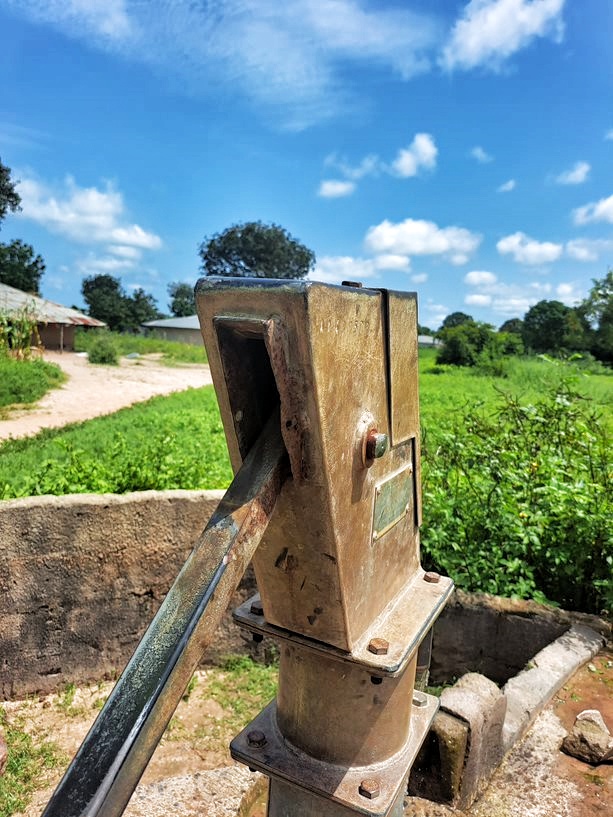
4 stainless steel pipes with rods, new conversion head, pedestal, check-nuts, dewatering and sanitizing the well, and a hand washing station. The contractor will construct a new trough for the village ruminants to drink from, which will help the community economically.
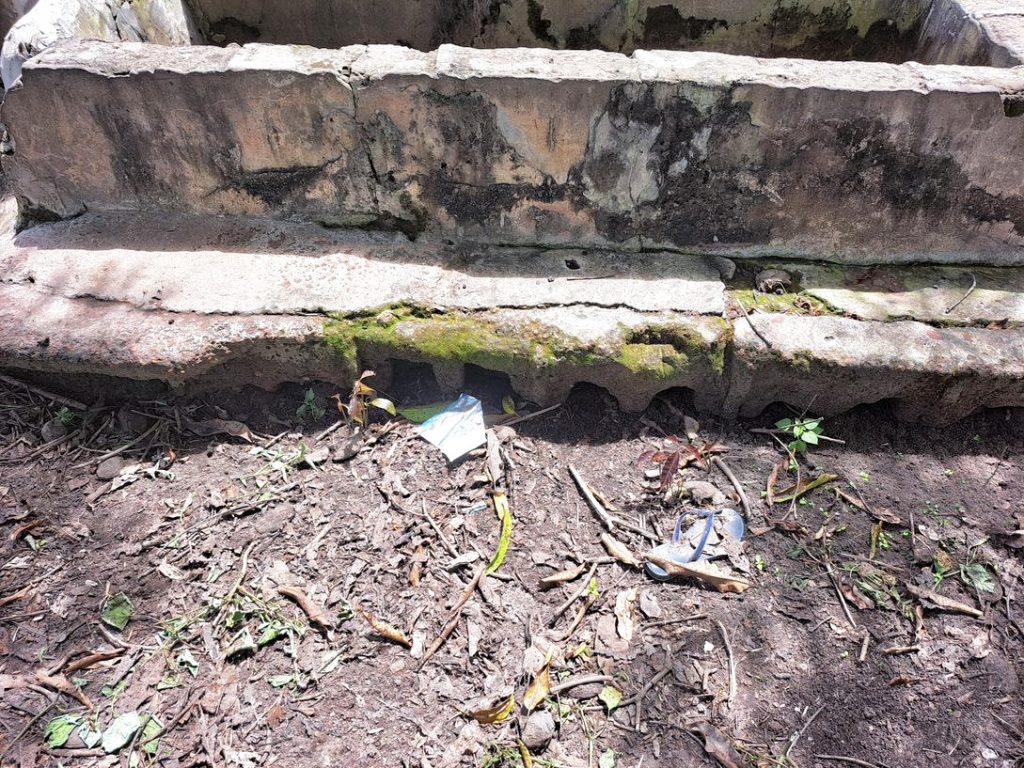
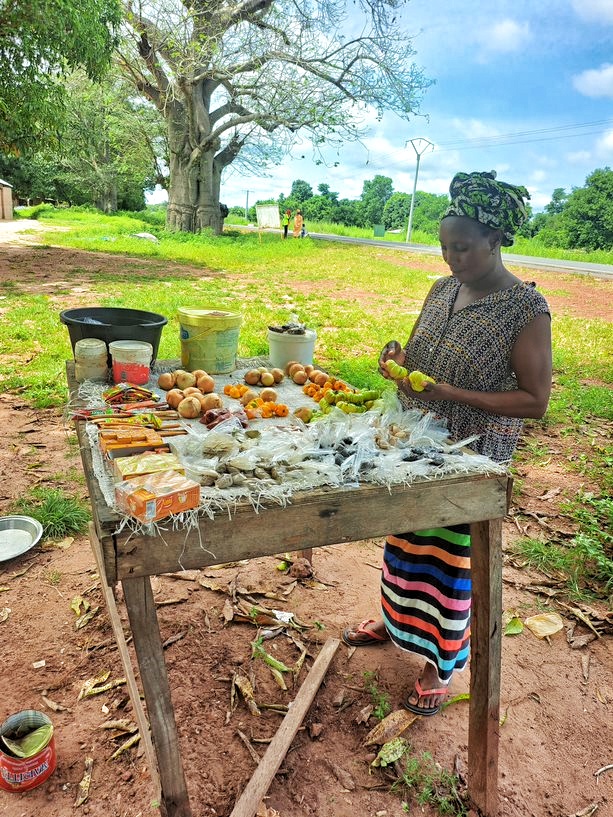
- SOMITA VILLAGE VILLAGE
GPS: N13°12.299 W016°18.139
Population: 1900
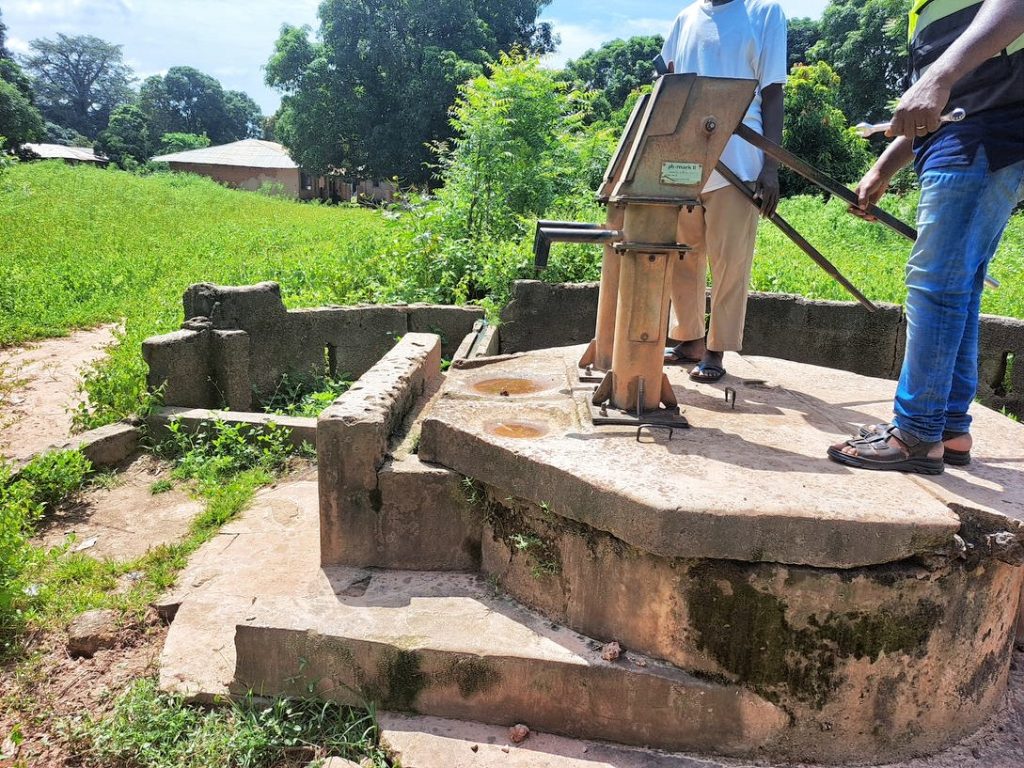
2 Conversion heads, a new cylinder, a hand washing station, and new concrete round fencing. The contractor will construct a new water trough for the village ruminants to drink from, which will help the community economically.
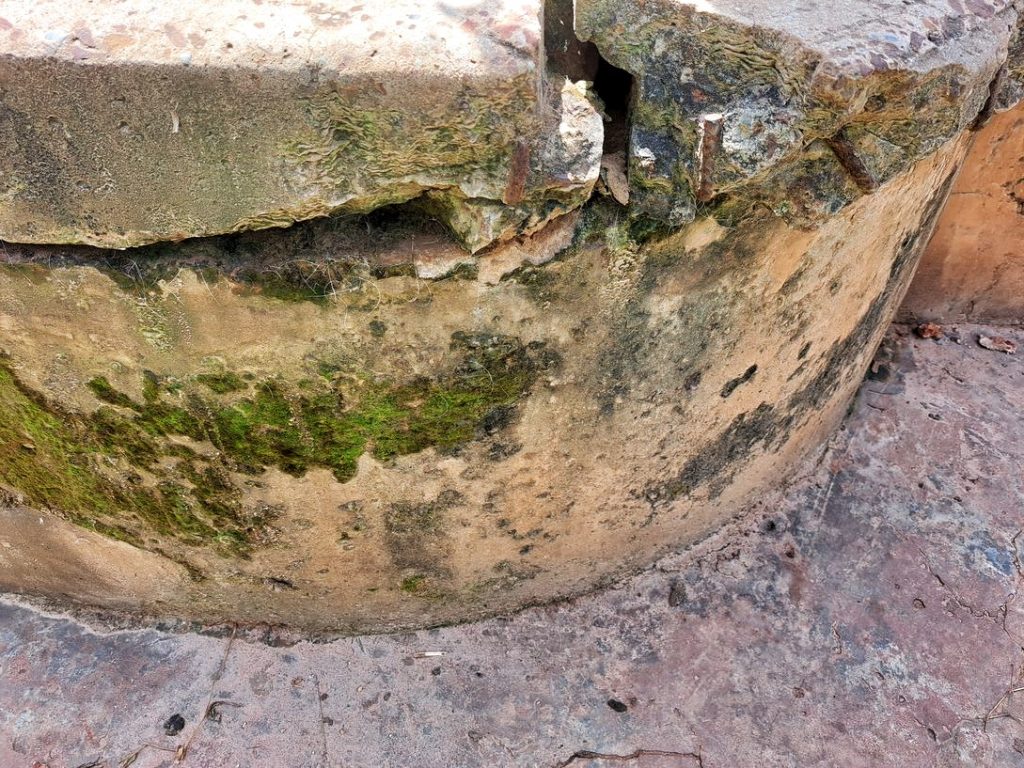
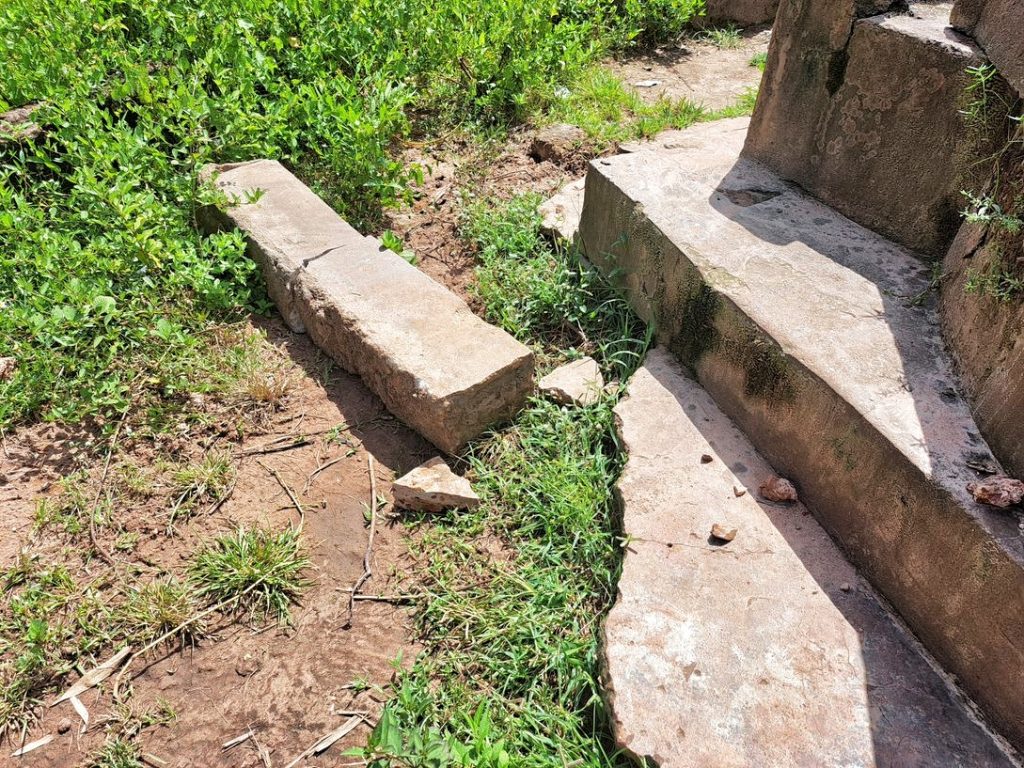
- NDEMBAN JOLA VILLAGE
GPS: N13°10.931 W016°20.614
Population: 450
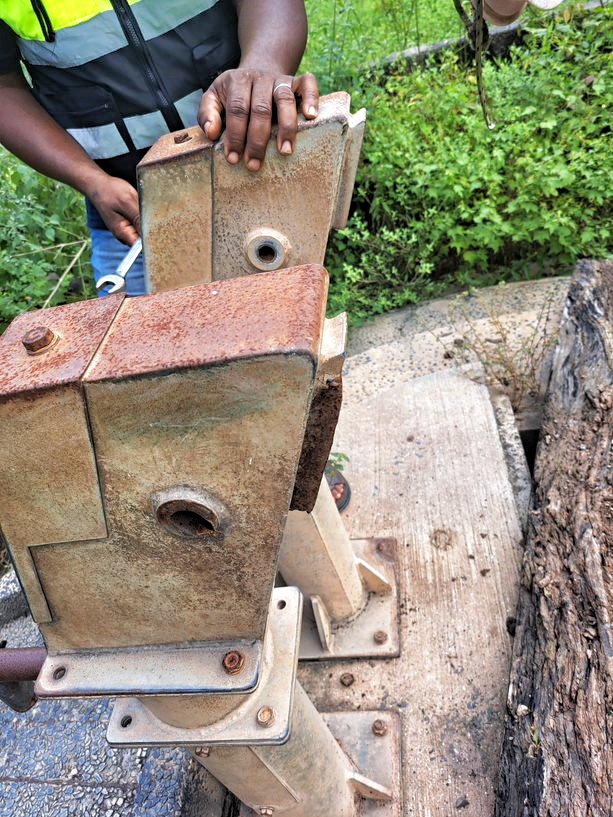
2 New cylinders, 2 conversion heads, 4 stainless steel pipes, concrete slab, and a hand washing station. The contractor will construct a new trough for the village ruminants to drink from, which will help the community economically.

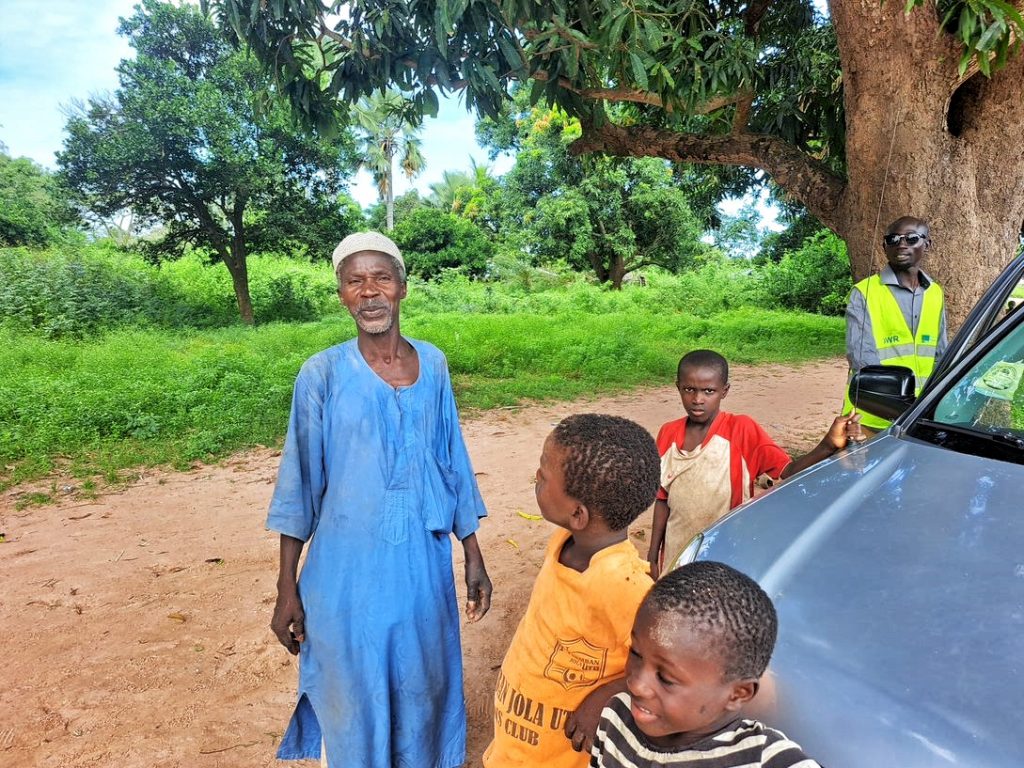
- BULLOCK VILLAGE
GPS: N13°10.840 W016°24.752
Population: 1800
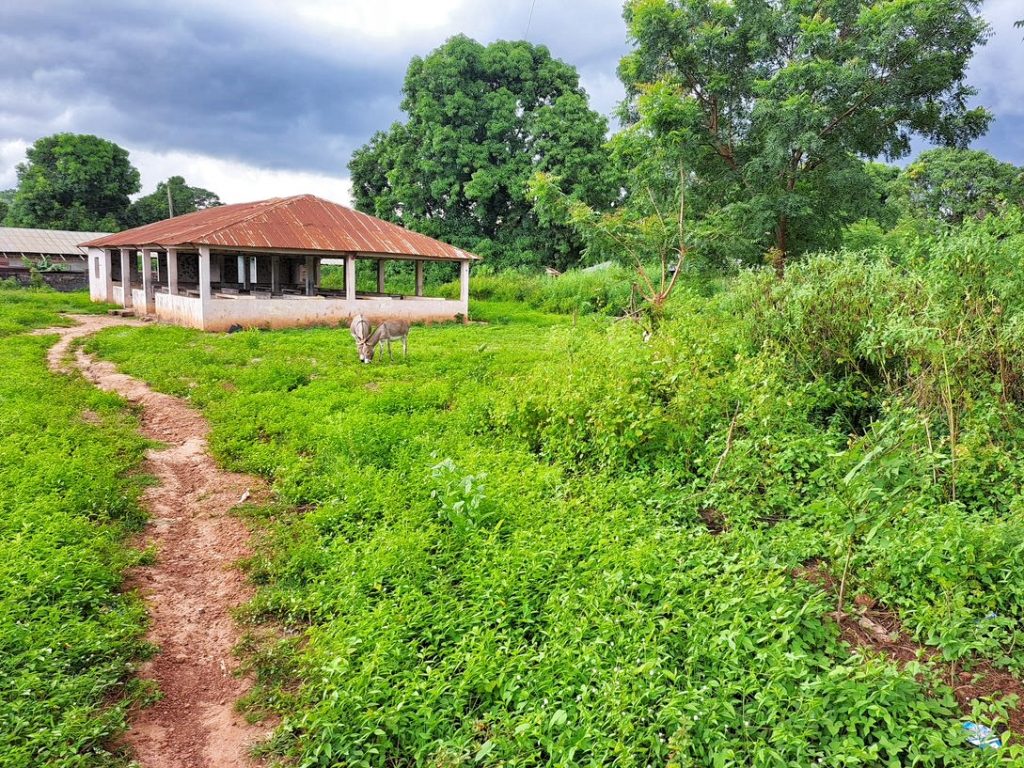
New cylinder, conversion head, concrete slab, 2 culverts, hand washing station, rod couplings. The contractor will construct a new trough for the village ruminants to drink from, which will help the community economically
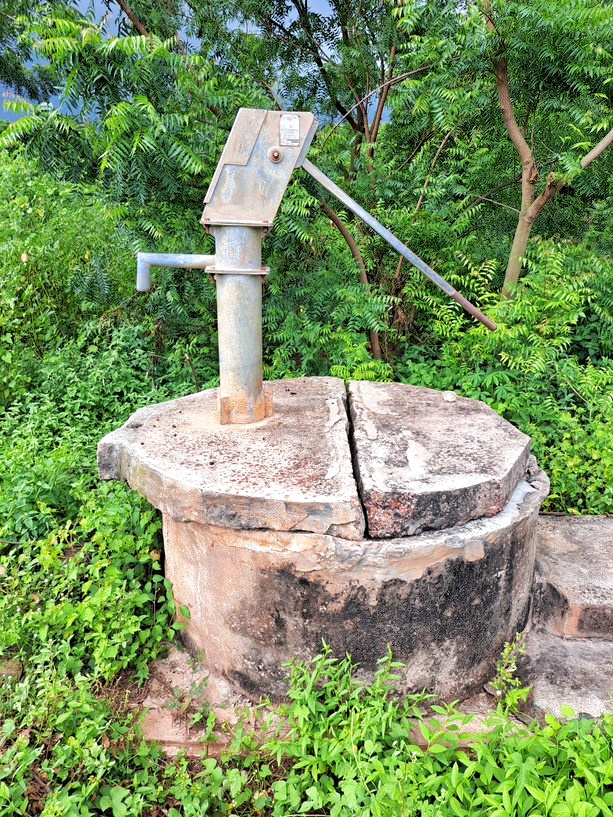
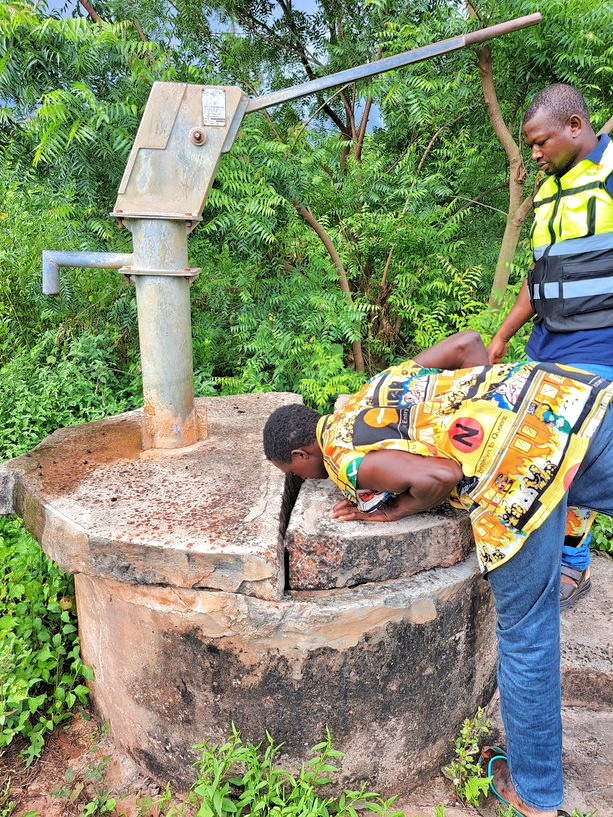
- BAJANA VILLAGE
GPS: N13°11.260 W016°23.709
Population: 850
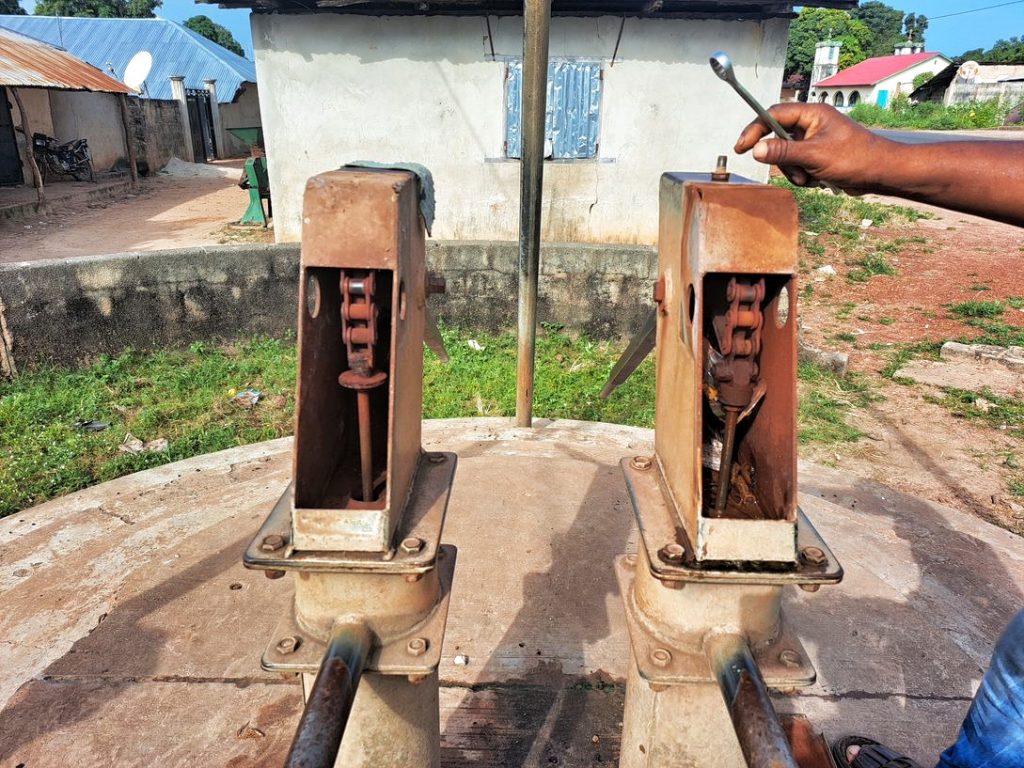
2 New cylinders, rod couplings (stainless steel),2 conversion heads, plus a hand washing station. The contractor will construct a new trough for the village ruminants to drink from, which will help the community economically

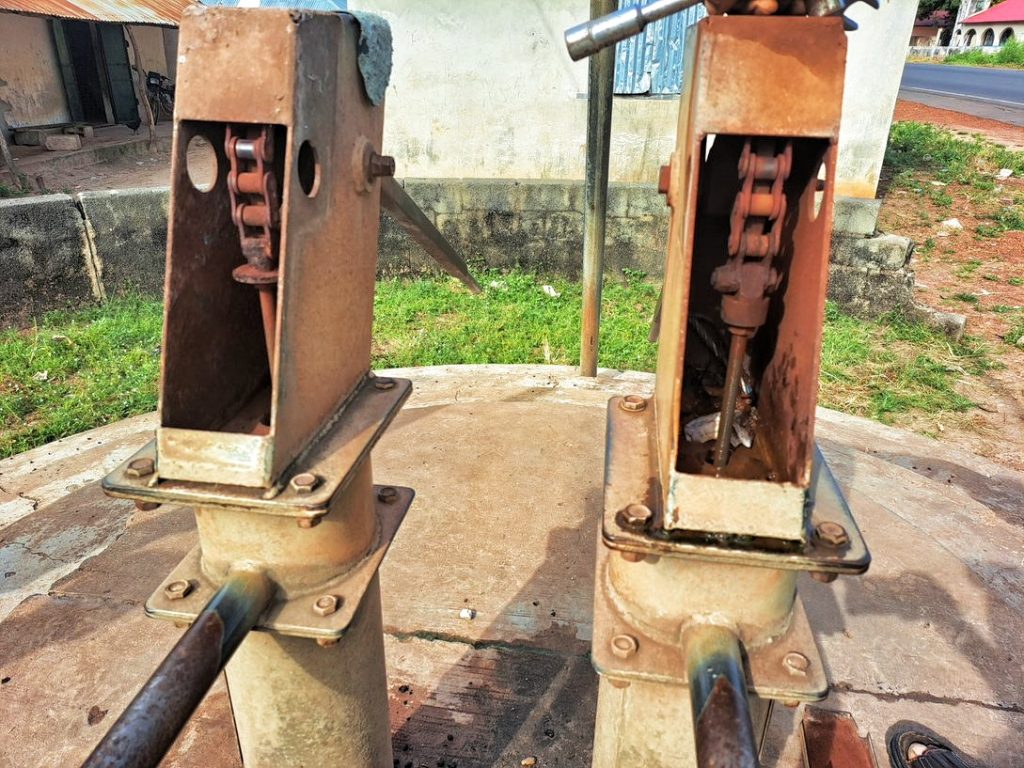
- SUTUSINJANG VILLAGE
GPS: N13°11.239 W016°23.157
Population: 500
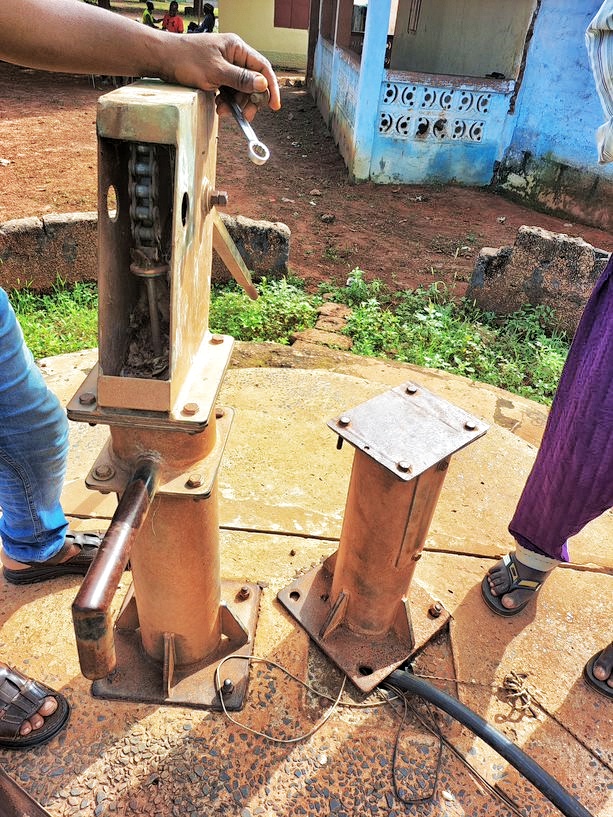
New cylinder, conversion head hand washing station, rod couplings. The contractor will construct a new trough for the village ruminants to drink from, which will help the community economically
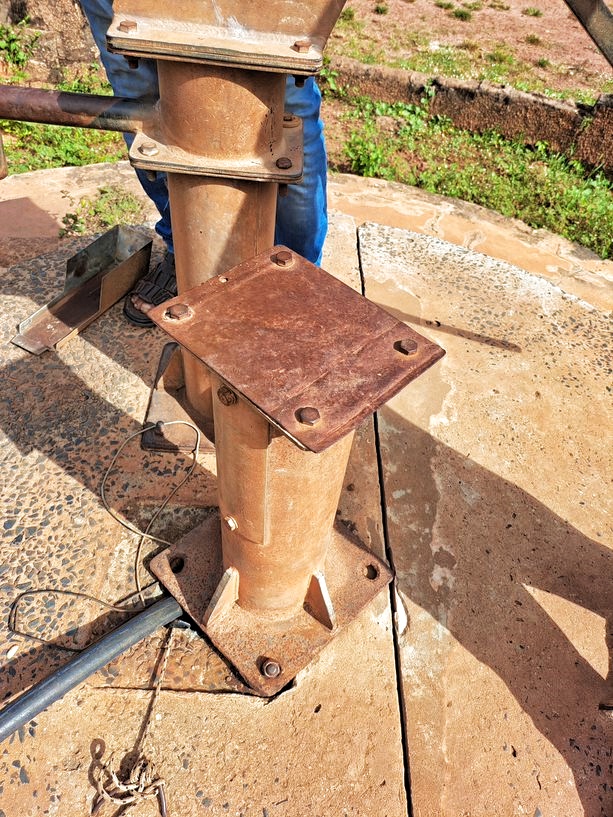
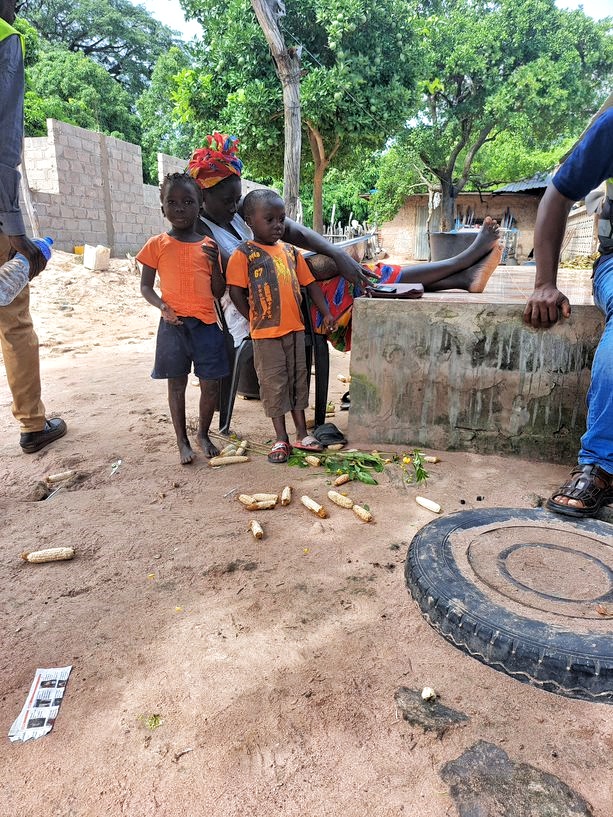
- JAGIL VILLAGE
GPS: N13°11.523 W016°22.109
Population: 400
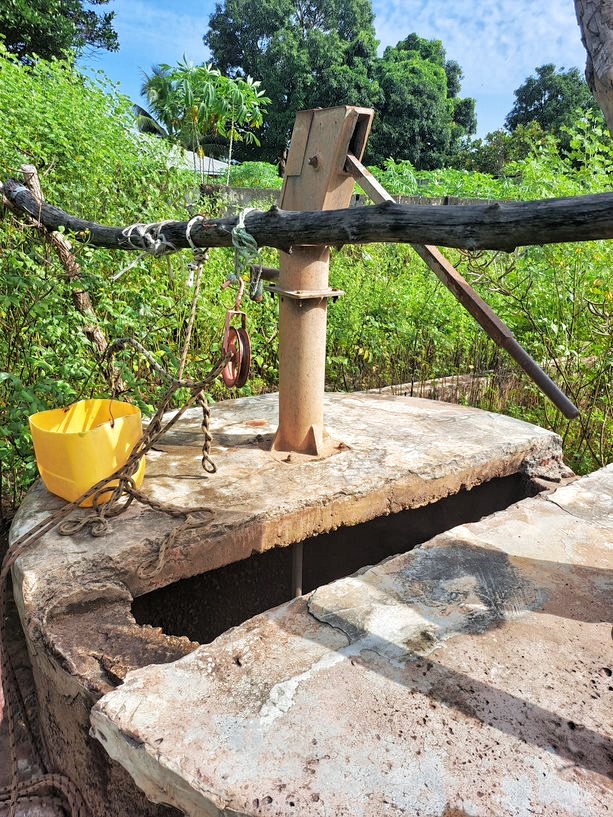
New cylinder, conversion head, 5 stainless steel pipes, concrete slab, Re-digging and dewatering well, hand washing station. The contractor will construct a new trough for the village ruminants to drink from, which will help the community economically.
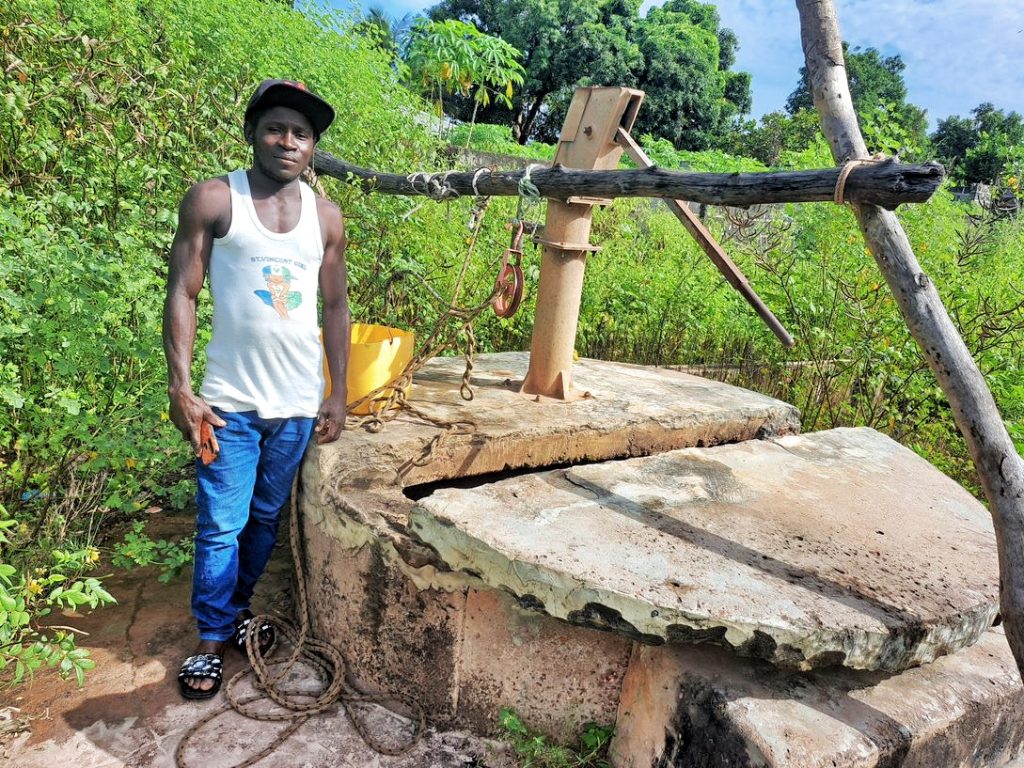
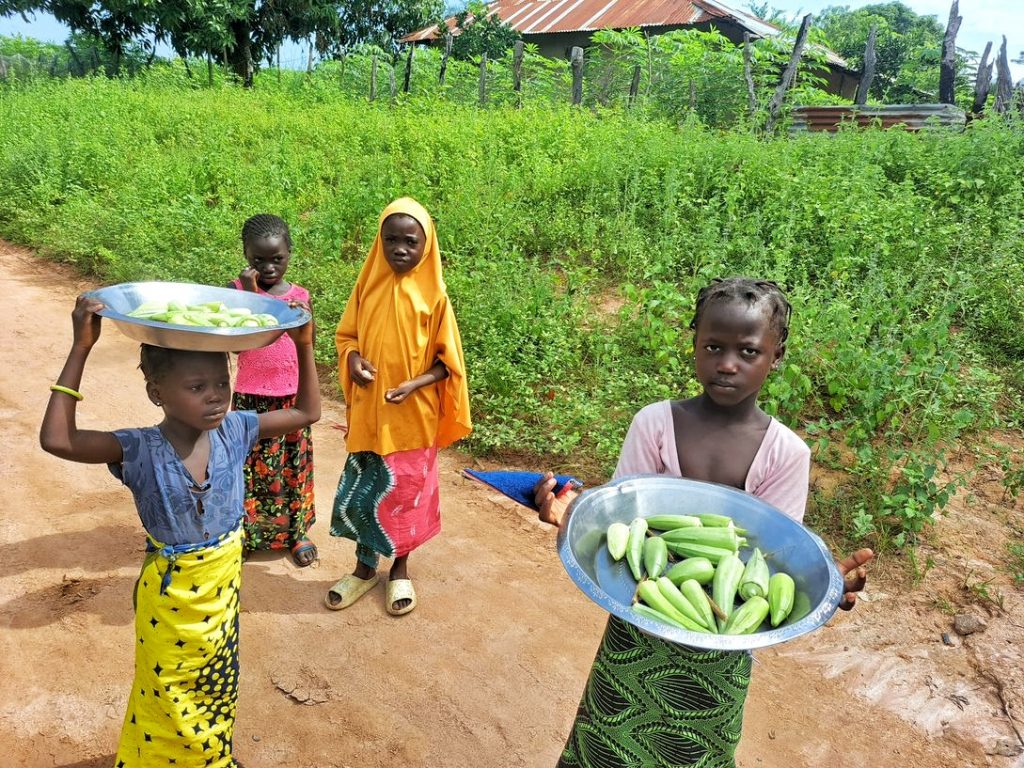
- BREFET VILLAGE
GPS: N13°14.845 W016°22.851
Population: 750
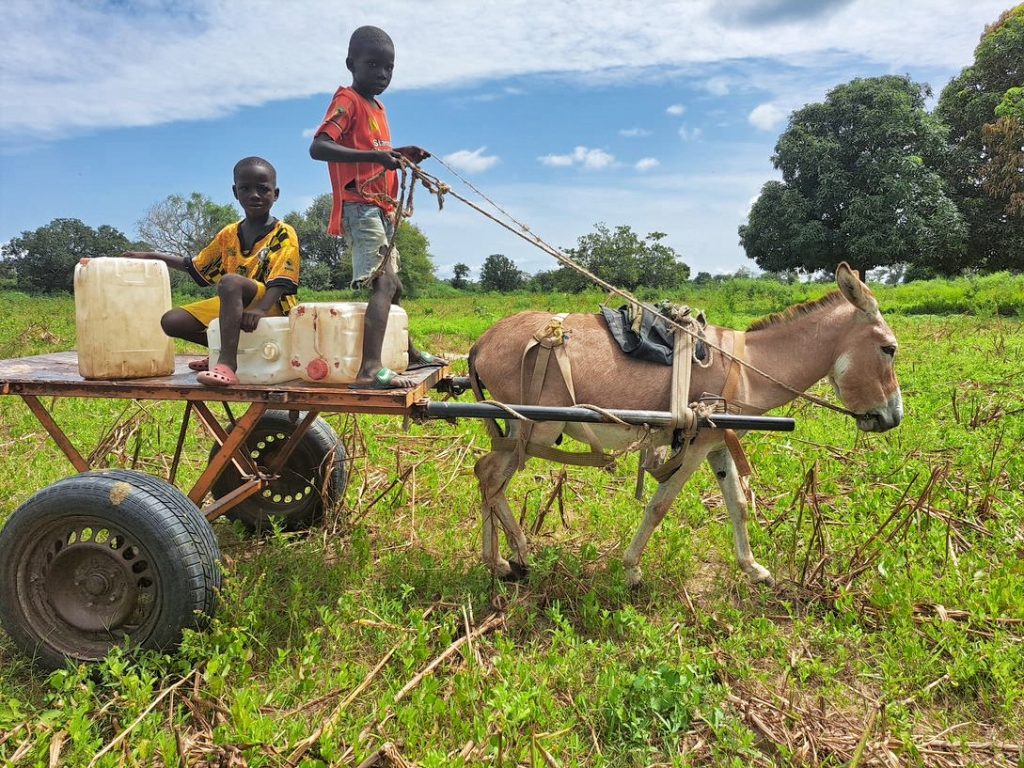
Conversion head, new cylinder, 1 culvert, hand washing station, new concrete slab. The contractor will construct a new water trough for the village ruminants to drink from, which will help the community economically.


- NDEMBAN JAPIHUIM VILLAGE
GPS: N13°12.210 W016°20.310
Population: 450
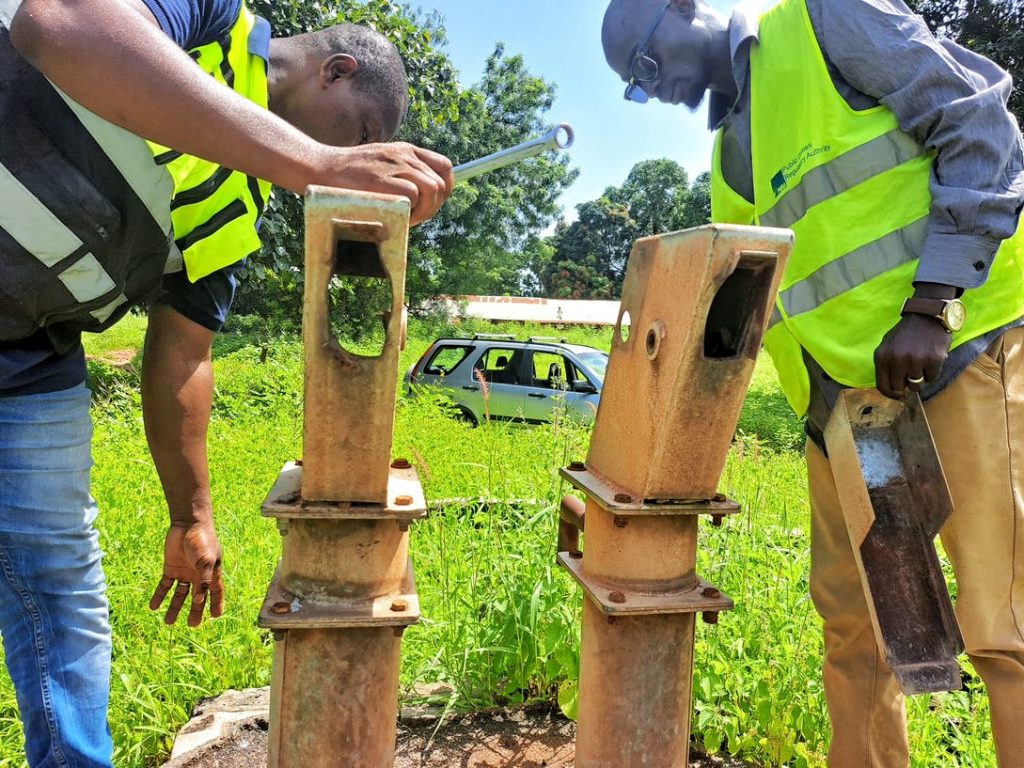
2 New cylinders, 2 conversion head, 1 stainless steel pipes, re-digging and dewatering of well, hand washing station. The contractor will construct a new trough for the village ruminants to drink from, which will help the community economically
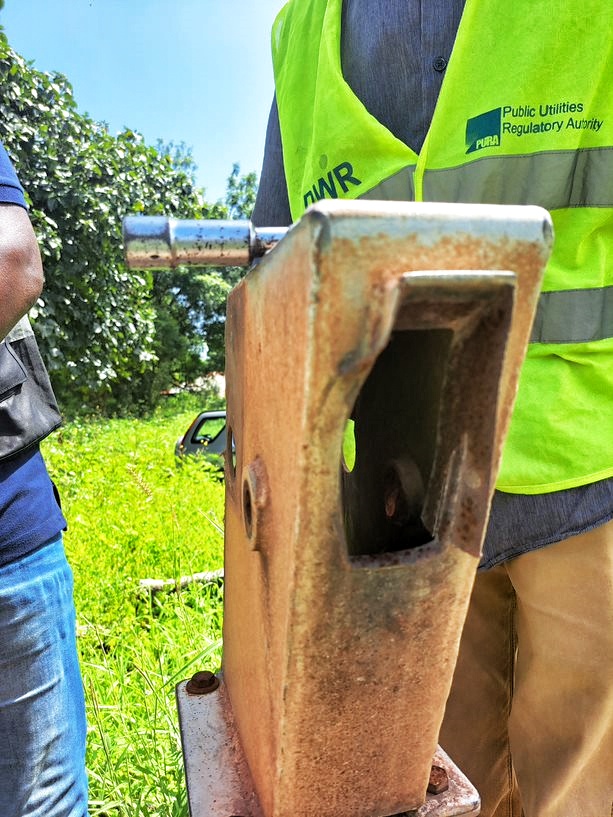
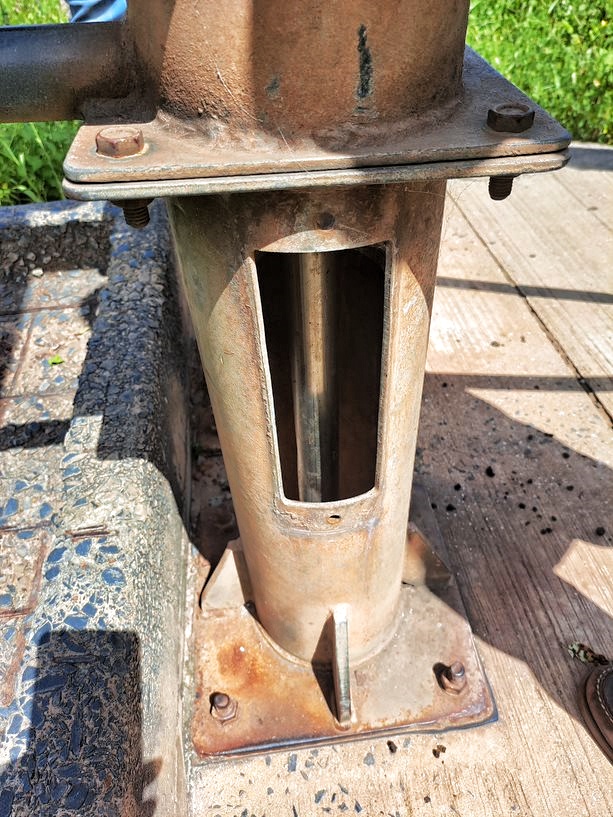
These projects range from around 50 cents per person served up to around 3 or 4 dollars. It depends on what exactly is wrong and what needs to be done. Contact us for detailed project costs.
It is possible to adopt a village well, even long-term. We do have an anonymous donor, though, who is likely to pay for all of these wells unless someone else steps up beforehand. Tours like this are ongoing. So, any funds collected in excess of the actual cost will roll over to the next village handpump tour in The Gambia.
The timeline will be 2 or 3 weeks depending on the weather and local conditions, parts availability, etc.
The results will be as they always are with these projects. The handpumps will be brought to full repair and provide their villages with clean water once again. This, of course, will have numerous beneficial effects for the village. Waterborne Illness will go down drastically with incidence of diarrhea falling to negligible levels. The hours the women and girls of the village currently spend walking to distant water points will be used for other purposes, including allowing more girls to stay in school and get educations. It will also result in a lot less deforestation… as people will no longer need to boil water from the rivers and streams.
The sustainability of these projects is insured as we are in contact with each of the village elders and if they should require our help in the future, they can alert us forthwith. Furthermore, we try to instill ownership and responsibility for the water point in every village. We gather the Water Use Committee and give them tips on preservation and maintenance of their handpump. We also encourage them to collect and save a small amount of money for simple repairs. Often if a pump fails the initial cost is an inexpensive grommet or bushing. Left unchecked, the entire well fails and inevitably rust-out or otherwise requires a much more expensive intervention. Having the WFE B2B program ensures that we will always be available and hands-on in every village until such time as there are no villages doing without any longer.

This project has been finished. To read about the conclusion of the project, CLICK HERE.